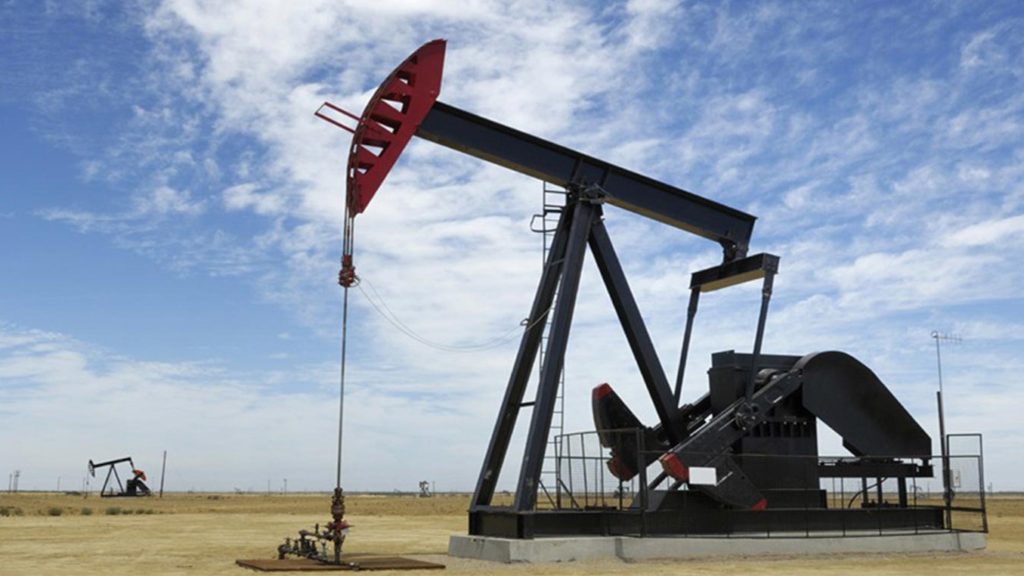
The oil and gas industry is one of the most lucrative industries in the world, but it’s also notoriously difficult. Oil recovery starts with finding an oil field, which then leads to a long list of complicated processes that come before the actual extraction process. As technology advances and oil becomes a scarcer resource, new oil recovery, storage and transportation methods are constantly being discovered.
Enhanced oil recovery (EOR) is one of the newest techniques in the oil and gas industry, allowing drillers to access more oil in a single oil field. If you work in oil and gas, it’s important to know the basics of EOR and how it works, including the practical applications it has in the field. If you want to know more about enhanced oil recovery and the effect it has on the oil and gas industry, we’ve got all the info you need.
What Is Enhanced Oil Recovery?
Oil recovery starts with primary and secondary recovery, which aim to recover the bulk of the oil in an oil field. However, these methods are only capable of recovering some oil, which means a lot of money is left over in oil fields after primary and secondary recover. This is where enhanced oil recovery comes in, and why it’s becoming such a big part of the oil and gas industry.
Enhanced oil recovery, also known as tertiary recovery, is a technique used for extracting oil that can’t be extracted through primary or secondary recovery. Primary recovery involves gravity and a pump in most cases, but it can only get about 10 percent of the oil from a field. Secondary recovery involves the injection of water and gas and can retrieve up to 20 to 40 percent of the oil in an oil field.
Enhanced oil recovery techniques can recover as much as 30 to 60 percent of the oil from an oil field, making it the most efficient technique. There are a handful of different enhanced oil recovery techniques, so the technique you choose depends on your budget, the equipment you have and the wettability of the oil field you’re working with.
How Does Enhanced Oil Recovery Work?
As we mentioned, there are several different types of enhanced oil recovery. Thermal recovery is a popular technique in some areas, while others may use a chemical injection to extract oil from an oil field. However, the most popular type of enhanced oil recovery is CO2 EOR. By injecting gas into the oil field, you can push more oil into a well where it can be processed. This type of enhanced oil recovery makes up almost 60 percent of all enhanced oil recovery done in the United States.
Thermal recovery is another option in terms of enhanced oil recovery. With thermal recovery, heat is used to raise the temperature of the oil and thin it out, which makes it flow more easily. This is accomplished by injecting steam into a reservoir to raise the temperature of the oil. There is a similar technique known as fire flooding, which involves lighting a fire around the perimeter of the oil to drive the oil inward to a central point. Thermal EOR makes up more than 40 percent of all EOR efforts in the United States and is particularly popular in California.
The third type of EOR uses a chemical injection to extract as much oil as possible from a well or reservoir. There are different types of chemical injections that are used for EOR, but the goal is to make the oil flow better, so it’s easier to recover. Some forms of chemical injection involve a polymer while others use a detergent-like substance to lower surface tension. However, chemical injection EOR only makes up about 1 percent of all EOR in the United States. Not only is chemical injection EOR more expensive than other forms of oil recovery, but it’s also less predictable.
Choosing the best type of oil recovery depends on the oil field you’re working with, your budget and more. Make sure you take the time to figure out which method of EOR is best for your company. Many companies choose to enlist the help of professional consultants to determine the best method of extraction for their location.








